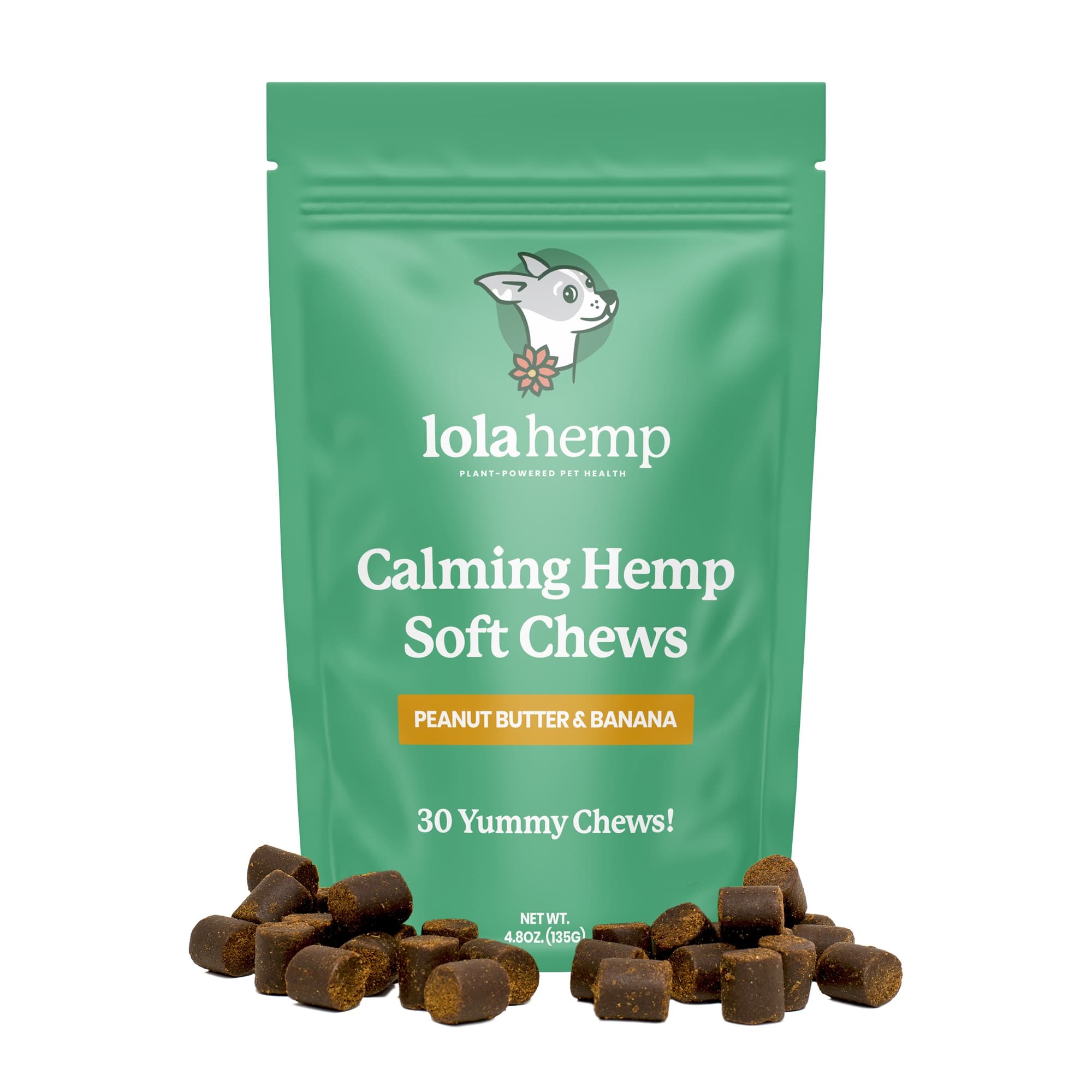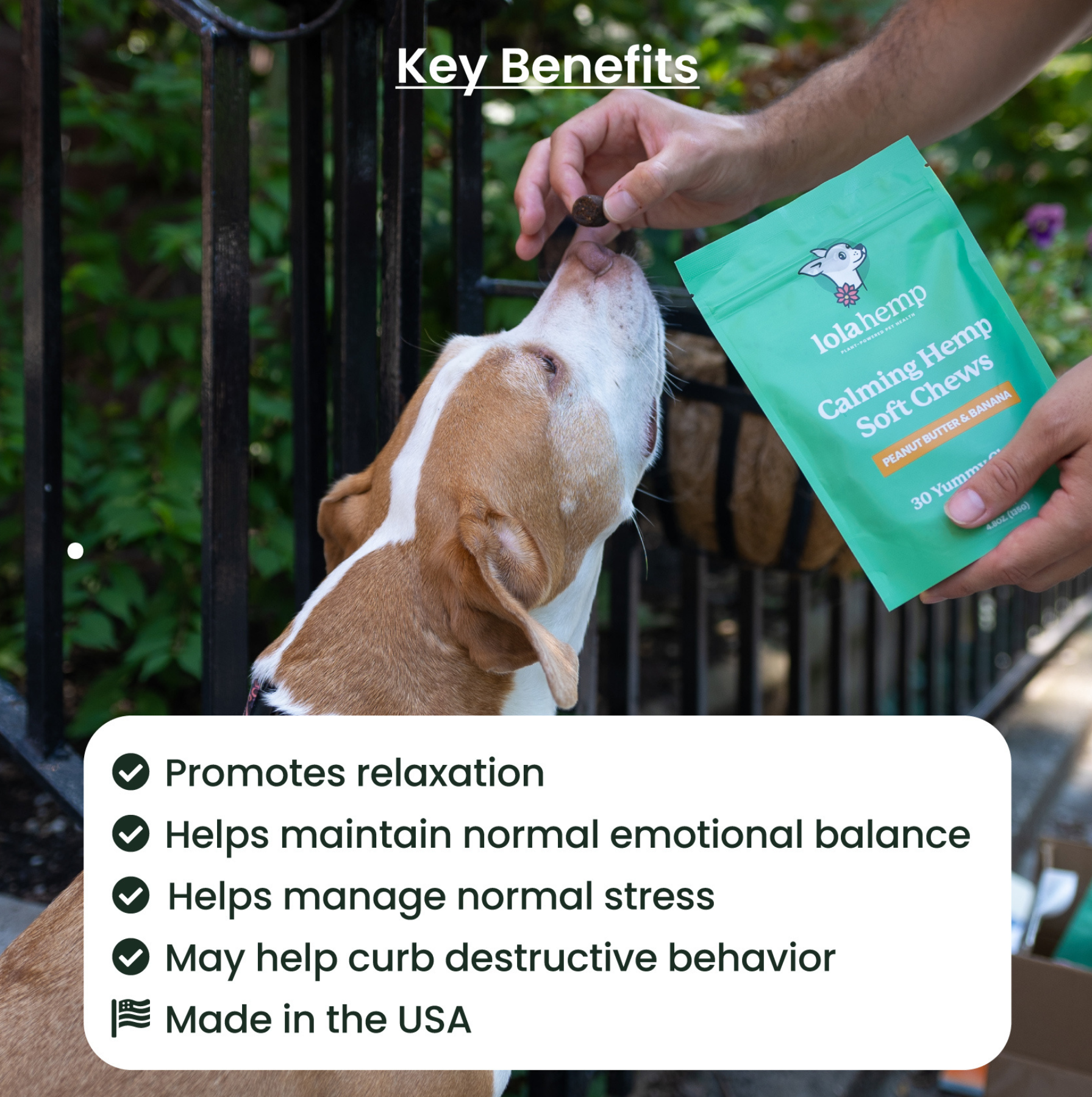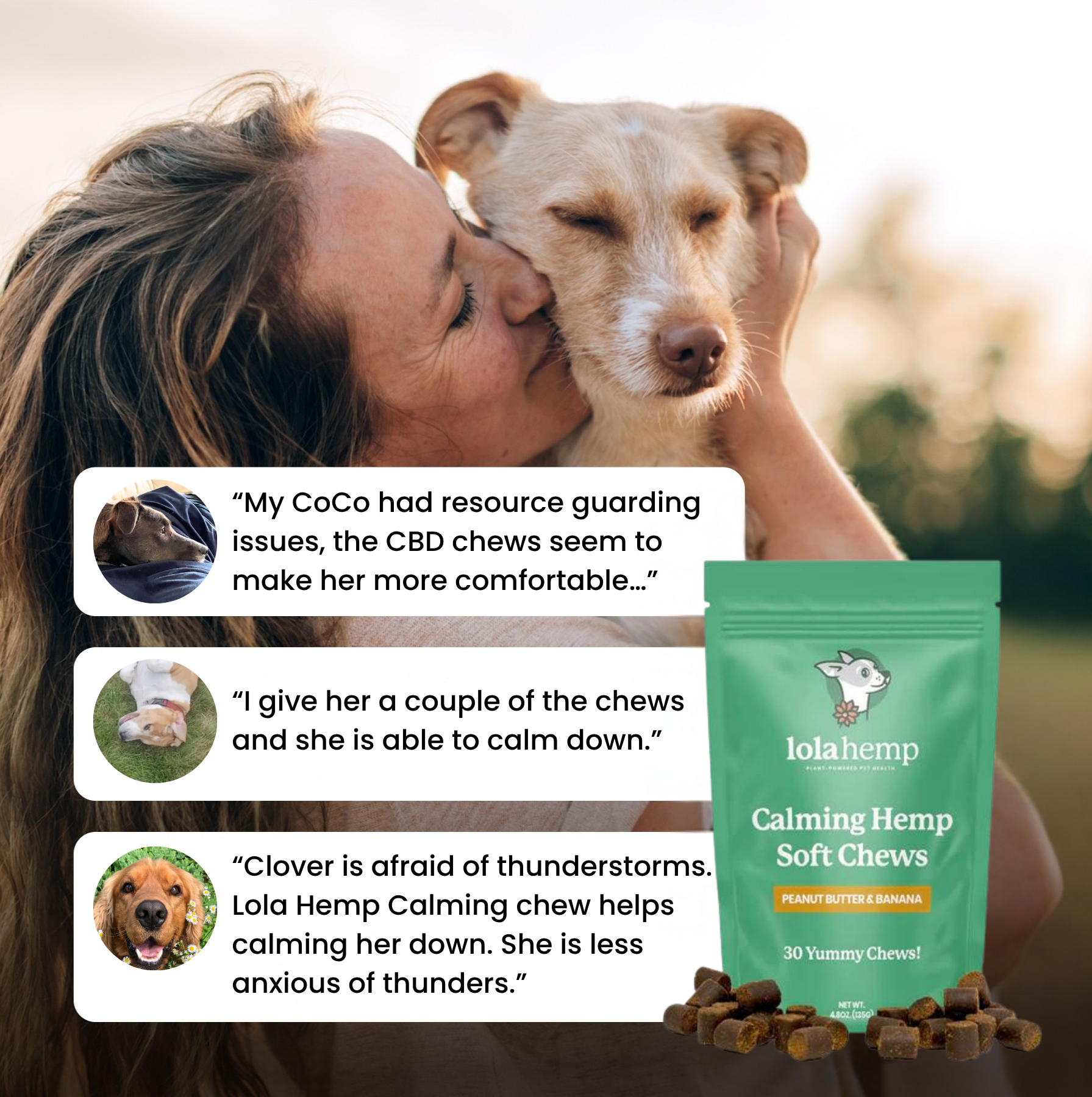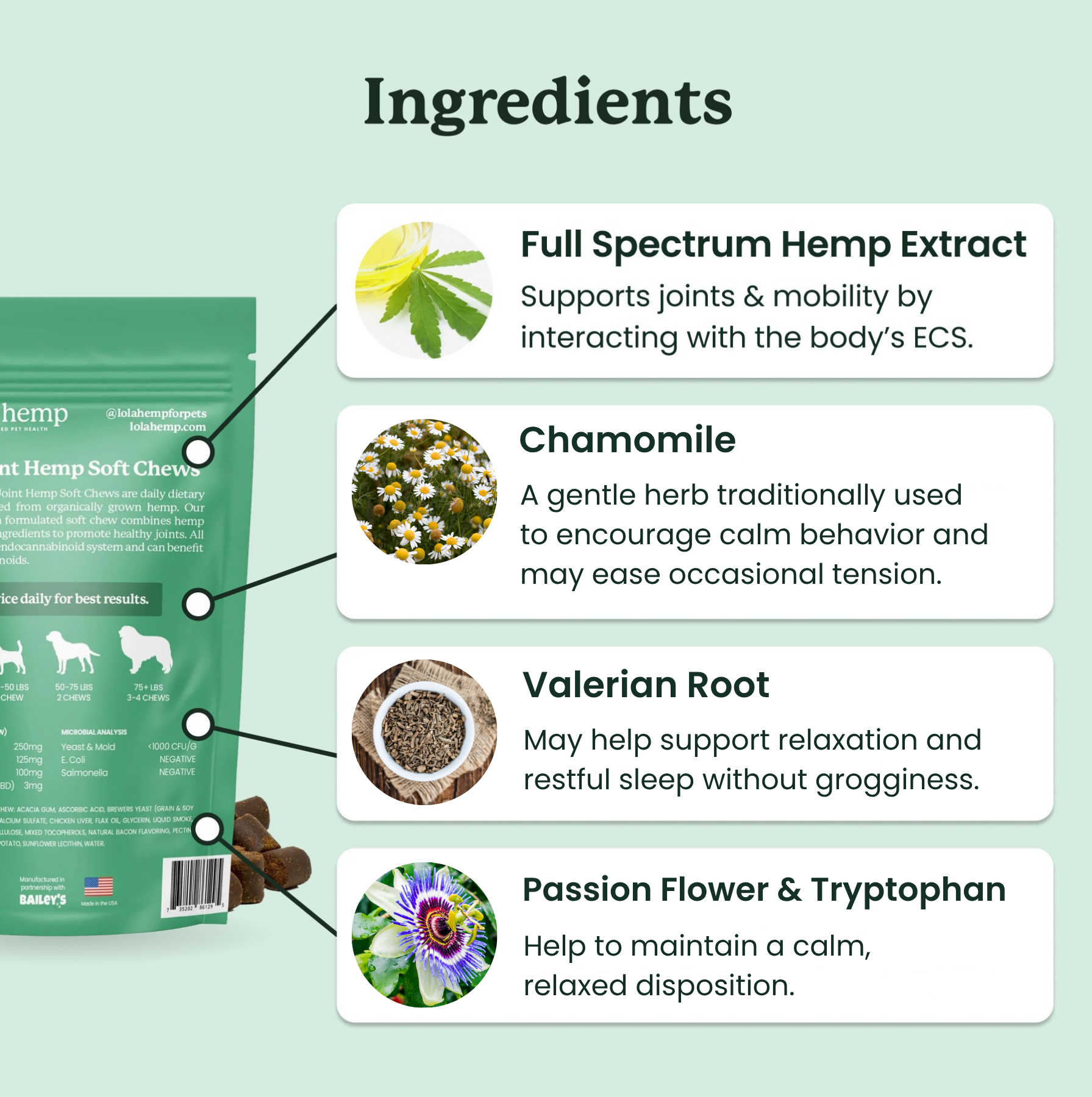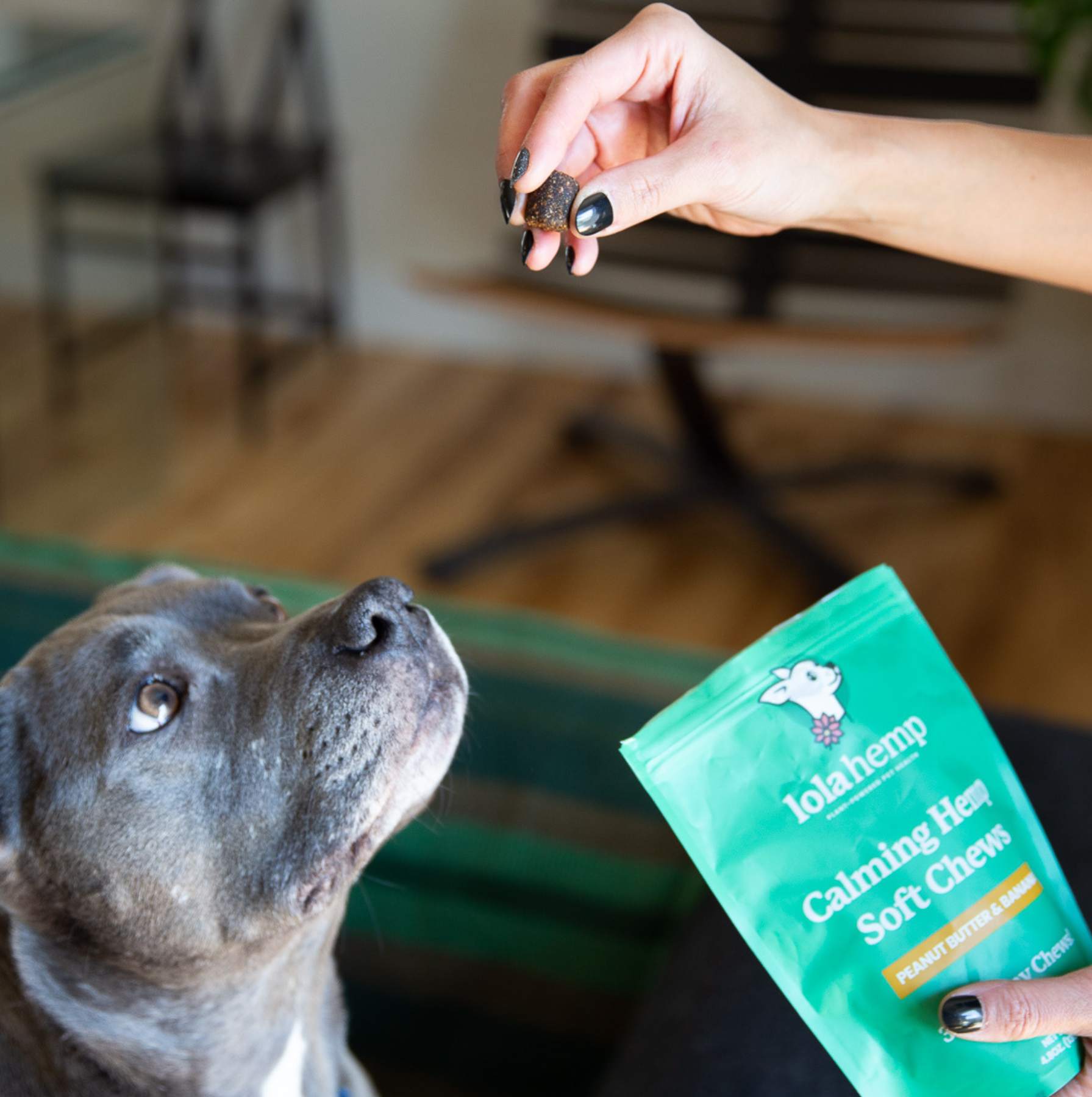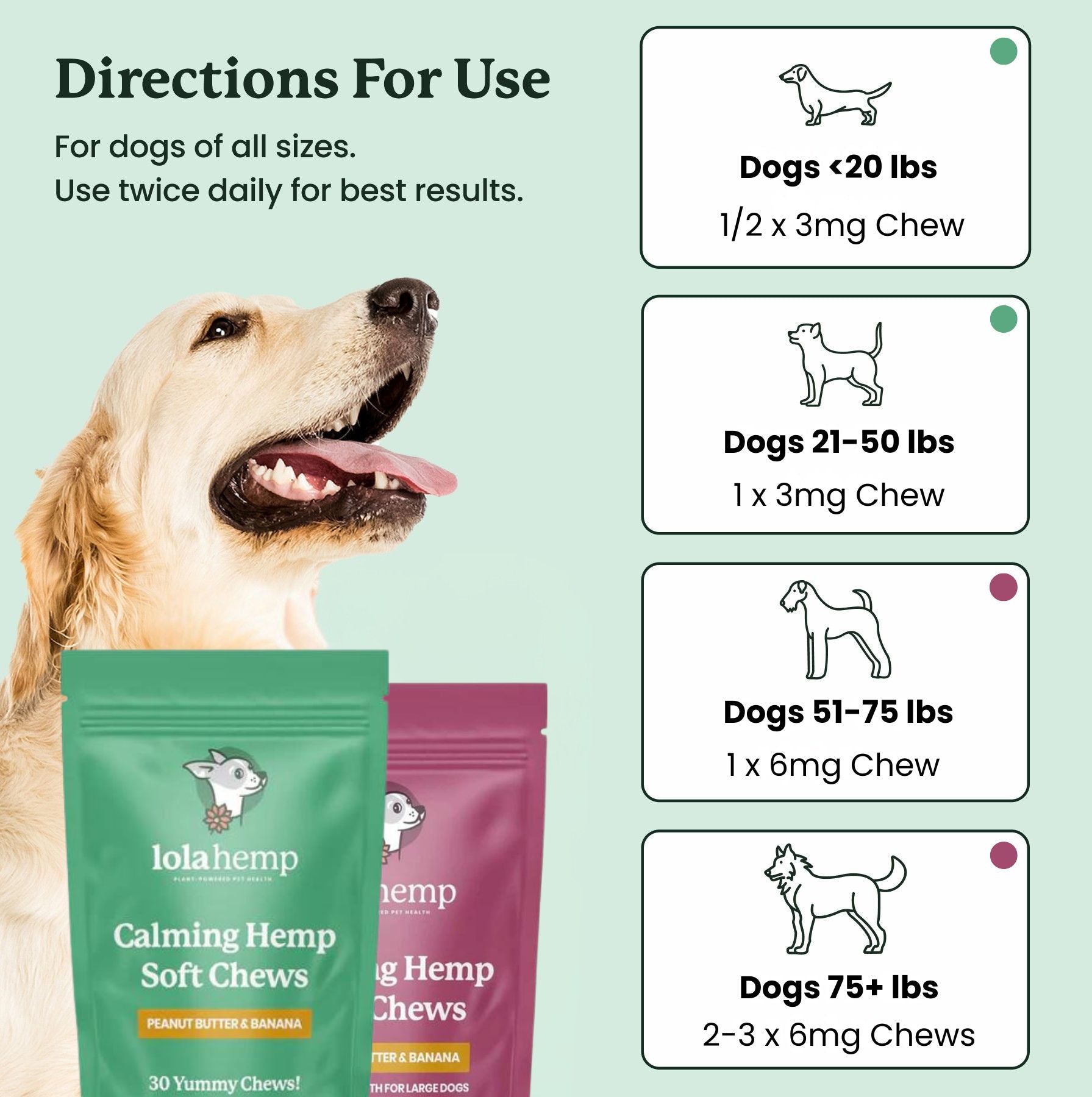When it comes to grooming your furry friend, few tasks can be as nerve-wracking as trimming those pitch-black dog nails. It can be an anxiety-inducing process for your dog as well, but it doesn't have it be.
Clipping a dog's nails, especially those with black nails, can be tricky, but with the right strategies, it’s manageable. Follow these steps to avoid cutting the quick and ensure a safe, calm experience for both you and your dog.
Step 1: Find The Quick in Your Dog's Nail
Identifying the quick on black nails is more challenging since it’s not visible. Here’s a helpful method:
- Shine a bright light through the nail. This should reveal a shadowy area at the base, which indicates the quick.
- Mark the quick with a marker or pencil, or simply keep a flashlight handy to guide you during the clipping process.
Even with this visual cue, proceed carefully. A small mistake could make the process painful for your dog, so it’s crucial to take your time.
Step 2: Trim Slowly and Cautiously
Once you’ve identified the quick, start clipping small sections of the nail, checking the surface after each cut. Look for any signs of the quick, such as a pink or soft appearance.
- Always leave some space around the quick — you don’t need to clip too close to avoid injury.
- Clip a little bit at a time and reward your dog after each nail to create a positive experience.

Step 3: Be Prepared for Accidents
Even with the best precautions, accidents can happen. If you accidentally cut the quick and the nail starts to bleed:
- Styptic powder is the most effective remedy. It stops the bleeding quickly.
- Alternatively, home remedies like baking soda, cornstarch, or a wet tea bag can help control the bleeding until you get the styptic powder.
If you find yourself needing more guidance on how to stop the bleeding, click the link below to read our detailed article on what to do next.
In Conclusion
Regular nail care is crucial to your dog’s well-being, as untrimmed nails can cause discomfort, affect their gait, and lead to long-term joint issues. By understanding your dog's nail anatomy and approaching trimming with patience and care, you can ensure a pain-free experience for both you and your pet. If clipping feels challenging, consider alternative methods like nail grinding for a less stressful option.
Frequently Asked Questions about Black Dog Nails
How can I find the quick on black dog nails?
Identifying the quick on black nails is more challenging since it’s not visible. Shining a bright light through the nail can reveal a shadowy area at the base, which indicates the quick.
How should I trim black dog nails safely?
Start clipping small sections of the nail, checking the surface after each cut. Look for signs of the quick, such as a pink or soft appearance, and leave space around it to avoid injury.
What should I do if I accidentally cut the quick?
If you accidentally cut the quick, styptic powder is the most effective remedy to stop bleeding. Home remedies like baking soda, cornstarch, or a wet tea bag can help control the bleeding until you get styptic powder.
Why is regular nail care important for dogs?
Regular nail care prevents discomfort, gait issues, and potential long-term joint problems. Proper trimming supports your dog’s overall well-being.
Are there alternatives if clipping is difficult?
If clipping feels challenging, consider alternative methods like nail grinding for a less stressful option.

